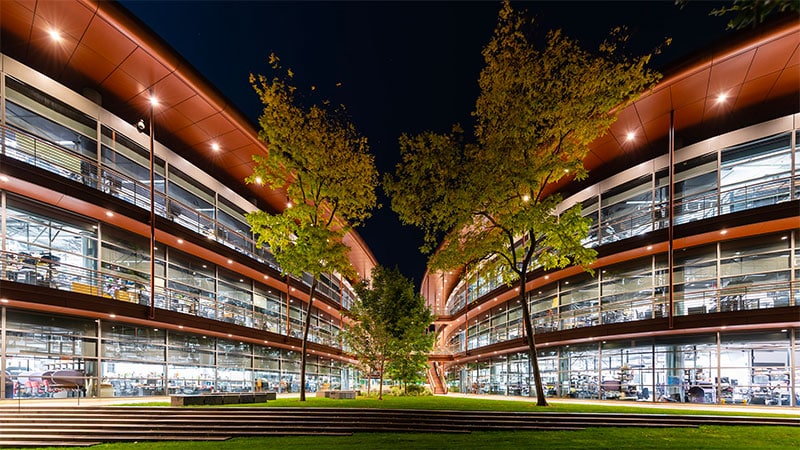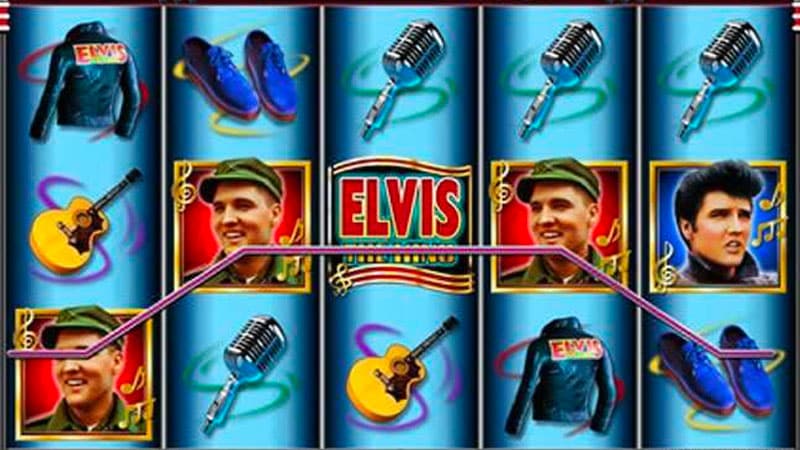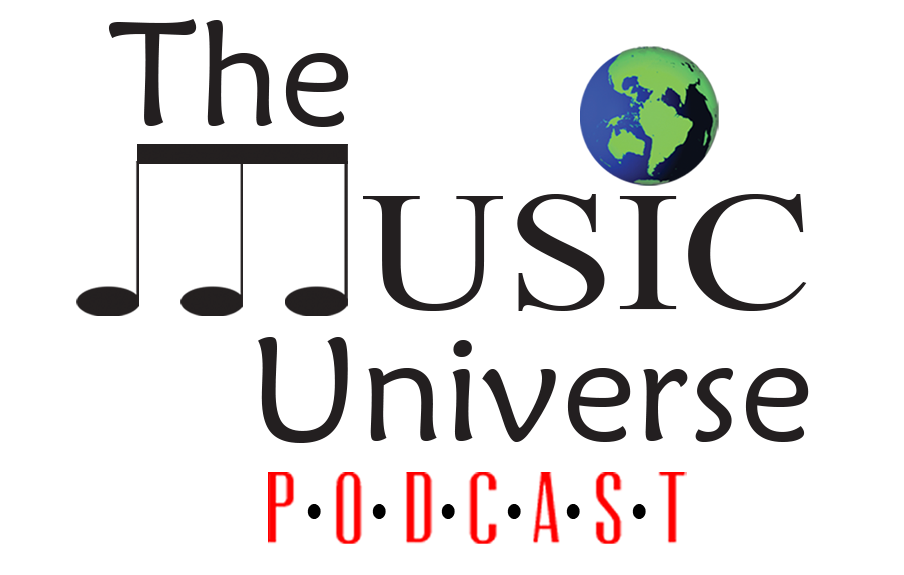In the vibrant heart of California’s Silicon Valley, the ivy-covered walls and blossoming trees of Stanford University play host to more than just academic prowess. Here, the rhythm of innovation reverberates in time with the harmony of musical excellence. Stanford’s robust music program is renowned for cultivating and nurturing musical talent, producing illustrious alumni who have graced stages from the local concert halls to the international limelight. But what is it that sets Stanford’s music program apart?
Let’s pull back the curtain and examine the key factors that make this institution a cradle of musical genius.
Exceptional Performance Opportunities
One cannot underestimate the importance of a live audience in the growth of an artist. Stanford provides abundant opportunities for its students to perform in a variety of venues, each with its unique charm and character. Take, for instance, Frost Amphitheater events. Frost is truly a beloved venue for numerous Stanford events, and plays host to the annual Stanford Jazz Festival, an enchanting night of music under the stars, and the Stanford Symphony Orchestra performances.
Students relish the opportunity to share their talent with their peers, faculty, and the larger Stanford community, gaining valuable performance experience in the process.
Comprehensive Musical Education
Stanford’s music program offers a broad spectrum of coursework, encouraging students to explore different aspects of music. From music theory and composition to history, students receive a holistic education. Furthermore, students have the chance to learn from some of the industry’s best professionals. These talented educators bring real-world experience to the classroom, enriching students’ knowledge and shaping them into well-rounded musicians.
Cross-Disciplinary Collaboration
At Stanford, music doesn’t exist in a vacuum. The University encourages cross-disciplinary collaboration, allowing students to meld their musical talent with other fields of study. Through initiatives such as the Stanford Arts Institute, students can combine their passion for music with interests in areas like technology, business, or psychology, creating unique pathways that open a wealth of opportunities post-graduation.
Cutting-Edge Music Technology
As a premier institution in Silicon Valley, Stanford is at the forefront of technology and innovation. The Center for Computer Research in Music and Acoustics (CCRMA) is a prime example. Here, students can explore the intersection of music and technology, conducting research, and creating music that pushes boundaries and defies traditional classifications.
Unique Programs And Workshops
Stanford offers a host of unique programs and workshops aimed at providing students with practical skills and experiences. The Stanford Laptop Orchestra (SLOrk) is a fantastic example of this. SLOrk offers students the chance to engage in experimental music creation, using the ubiquitous laptop as an instrument. These unique opportunities contribute significantly to the holistic growth of a Stanford music student.
Robust Alumni Network
Lastly, Stanford’s vibrant alumni network serves as a valuable resource for budding musicians. With numerous successful musicians amongst its alumni ranks, students have a ready pool of mentors, collaborators, and potential opportunities to tap into. This network can prove invaluable as students embark on their musical careers.
In Conclusion
From the first note struck in the classroom to the rousing applause in concert halls, Stanford University proves time and again its commitment to fostering musical talent. Its exceptional performance opportunities, comprehensive education, innovative use of technology, and emphasis on collaboration create an environment where music thrives and talent blossoms.
As Stanford continues to push boundaries and redefine what a music education can encompass, we eagerly anticipate the new melodies and harmonies its students will create, enriching the global music scene with their creativity, innovation, and passion. As we’ve seen, Stanford’s musical journey is not just about producing music—it’s about nurturing artists who redefine the rhythm of the world.





